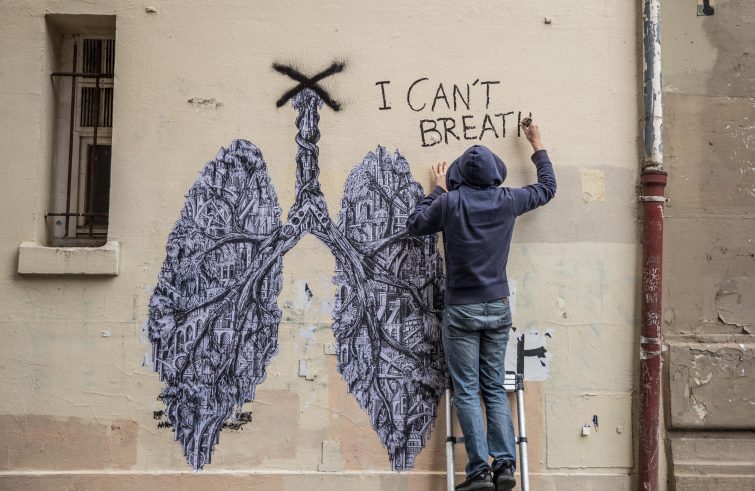
 In Europe, racism does not target the face of “black” people, but of “strangers”. Discrimination is a cancer that originates and develops in the suburbs of big cities, especially where large ethnic communities have been isolated and ghettoized for decades. While the protests over George Floyd’s death have united the United States and Europe, the social realities and the reasons for the struggle are very different. SIR addressed the issue with Msgr. Antoine Hérouard, auxiliary bishop of Lille (France), President of the Commission for Social Affairs of COMECE. In recent days, in the wake of events in the United States, France has also taken to the streets. Thousands demonstrated in Paris in the name of Adama Traoré, a young black 24-year-old man who died on 19 July 2016 in the barracks of Persan, in the Val d’Oise, almost two hours after his arrest at the end of a chase. According to experts, also his death was likely caused by the gendarmes’ restraining procedure, known as “ventral plating.”
In Europe, racism does not target the face of “black” people, but of “strangers”. Discrimination is a cancer that originates and develops in the suburbs of big cities, especially where large ethnic communities have been isolated and ghettoized for decades. While the protests over George Floyd’s death have united the United States and Europe, the social realities and the reasons for the struggle are very different. SIR addressed the issue with Msgr. Antoine Hérouard, auxiliary bishop of Lille (France), President of the Commission for Social Affairs of COMECE. In recent days, in the wake of events in the United States, France has also taken to the streets. Thousands demonstrated in Paris in the name of Adama Traoré, a young black 24-year-old man who died on 19 July 2016 in the barracks of Persan, in the Val d’Oise, almost two hours after his arrest at the end of a chase. According to experts, also his death was likely caused by the gendarmes’ restraining procedure, known as “ventral plating.”
Msgr. Hérouard, in France as in the United States?
The situation in France, and in Europe as a whole, is quite different.
Here discrimination is not based on skin colour. Rather, it revolves around strangers and diversity.
This is a result of our different histories. While the United States has been marked by the experience of slavery, Europe has been marked by colonialism. Veritable racial segregation never occurred. Discrimination in Europe is expressed in economic terms, at the level of poverty, involving disparities between rich and poor, between those who have a chance of a future and those who seem destined to live on the margins of society.”
Is there racism?
There is racism, manifested in prejudice. Sometimes this prejudice is also expressed at the voting booths. It is also found in certain types of conduct, such as those of the police on the outskirts of large cities, accused of targeting and using violent surveillance methods only against Arab-looking and black individuals.
What went wrong?
In the 1960s, France saw a significant influx of migrants from North Africa, of Arab origin, and from the countries of South Sahel, Black Africa. At the time, it was decided to develop new housing blocks on the outskirts of large cities to accommodate these people according to their geographical, ethnic and cultural origin. Over time these places have turned into ghettos with internal problems such as drug trafficking and crime. That’s what went wrong: ghettoization
The inhabitants of these suburbs strongly feel like second-class citizens, victims of social injustice.
What lesson should be drawn from history?
Not to repeat the mistake of isolating people but to envisage pathways of integration, seeking above all to bring together peoples from different backgrounds. It’s also important to enable people arriving from other countries to access educational and learning opportunities that facilitate employment, social responsibility as well as political commitment.
What can the Churches do to combat all forms of discrimination?
First of all, Christians of African origin already play a very important role with their presence in our communities and parishes. Often, our local churches, especially in the suburbs, thrive thanks to these Christians. Their presence changes the face of our Church. What place can we offer these people inside our parish communities?
Moreover, as Pope Francis often says, the Church today is called to create bonds and build bridges. The future depends on men and women’s ability to foster relationships.











